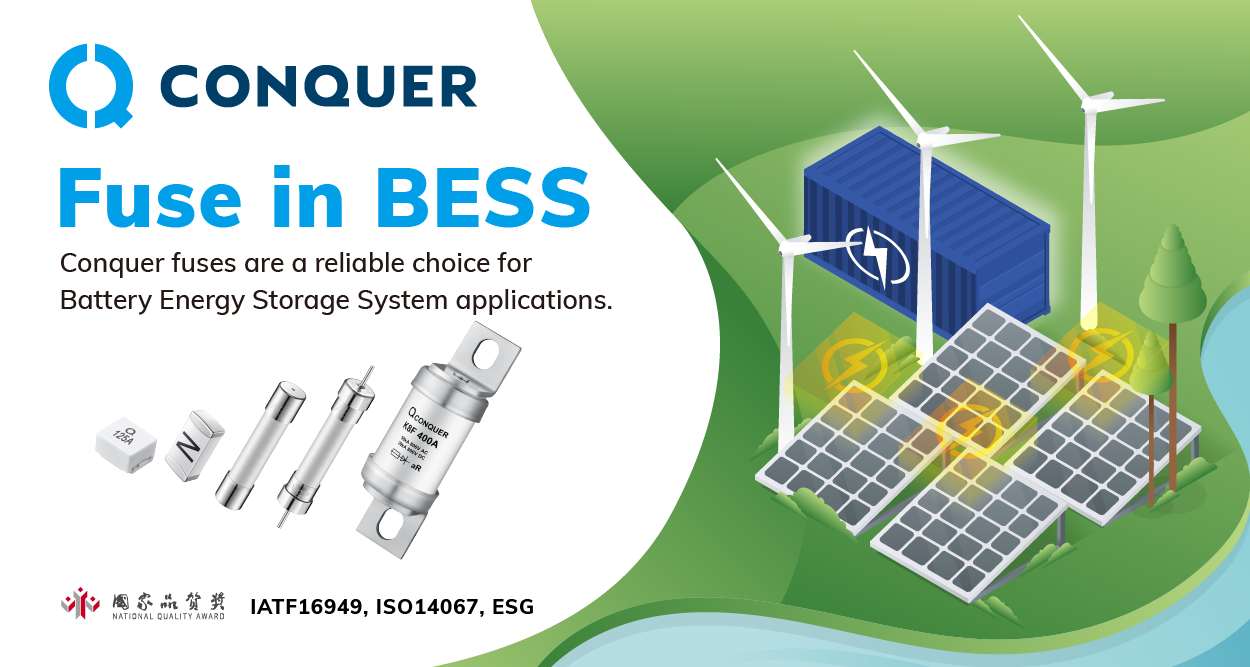The energy sector across the globe is witnessing a major transformation. Recently, you can observe an increased focus on using sustainable methods and renewable energy sources. A crucial aspect of stimulating this transformation is the use of live line installations and smart grids. These high-end technologies in the energy sector are redefining the concepts of consuming and distributing energy. Eventually, these cutting-edge solutions pave the way for an eco-friendly and energy-efficient future.
As we advance towards achieving energy efficiency goals, especially concerning Clean Energy, the existing limitations of traditional energy systems are becoming more prevalent. Conventional power grids usually represent unidirectional electricity flows, frequent power outages, and unstabilized demand-supply balance of power delivery.
On the other hand, live line installations and smart grids offer access to innovative solutions to existing challenges.
Smart Grids: A Responsive and Innovative Energy Network
A smart grid can be defined as a modified electrical or power infrastructure that leverages state-of-the-art digital technologies to ensure real-time communication, control, and monitoring for the generation, distribution, and consumption of electricity. The future-forward solution in the energy sector integrates multiple energy sources, like renewable sources of wind and solar, into a highly flexible and streamlined ecosystem.
One of the primary benefits of using smart grids in the modern energy sector is the ability to promise an energy-efficient future. The dynamic interconnectivity of the advanced systems deliver the ease of seamless response, promoting efficient load management during peak electricity consumption periods. Moreover, smart grids can self-heal by immediately identifying and resolving common faults to reduce disruptions and power outages.
Live Line Installations: Energizing the Future
Smart grids help in paving the way for effective energy management. On the other hand, live line installations assure an uninterrupted, safe power supply. Also referred to as hot-line maintenance, the technique of live line installations involve the tasks of repair, maintenance, and replacement on high-voltage, energized transmission lines.
Live line installations, in the power sector, offer a host of benefits. These include minimal operational risks, improved worker safety, and minimized power losses. Service reliability improves significantly as maintenance tasks are performed seamlessly without shutting down power lines. The high-end technology also helps in minimizing productivity losses. It is because work can be implemented during regular hours without affecting end consumers.
Integrating Live Line Installations and Smart Grids
Blending the overall intelligence and adaptability of smart grids with advanced safety considerations of live line installations can deliver a wide range of benefits, including:
- Minimal Network Congestion: With the amalgamation of these cutting-edge technologies, transmission networks can witness minimal congestion. It is because continuous monitoring and embedded analytics help distribute energy efficiently across different channels.
- Decentralized Energy Management: The increased use of renewable sources, including Green Hydrogen brings into action a highly diversified and decentralized power grid encompassing distributed generation and the use of microgrids. The combination of live line installations and smart grids ensures seamless integration, control, and monitoring of the decentralized platforms. This will motivate communities to manage the existing energy resources effectively.
- Improved Emergency Response: The end solution can accelerate emergency response time when smart grids are paired with live line installations. With access to real-time information about potential dangers or faults, technicians can efficiently address common issues without interrupting the power supply. As such, maintenance costs are minimized as well.
- Optimized Network Configuration: When smart grids are paired with live line installation, it helps in the generation of dynamically optimized energy network frameworks to cater to the increased demand & supply in the electricity landscape. Network operators can also make informed decisions in rerouting power and achieving optimum balance to ensure reliable energy access for end users.
Conclusion
The seamless amalgamation of smart grids and live line installations is pivotal in unveiling the immense potential of transforming the energy sector as the domain grows rapidly. Leveraging the potential of these cutting-edge technologies will pave the way for a high-end energy infrastructure that is highly efficient.















